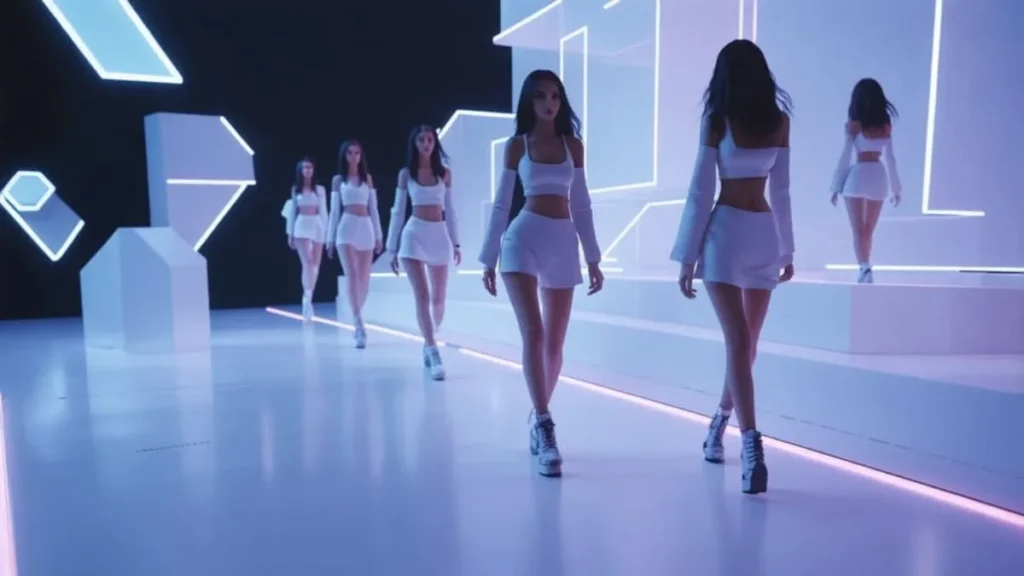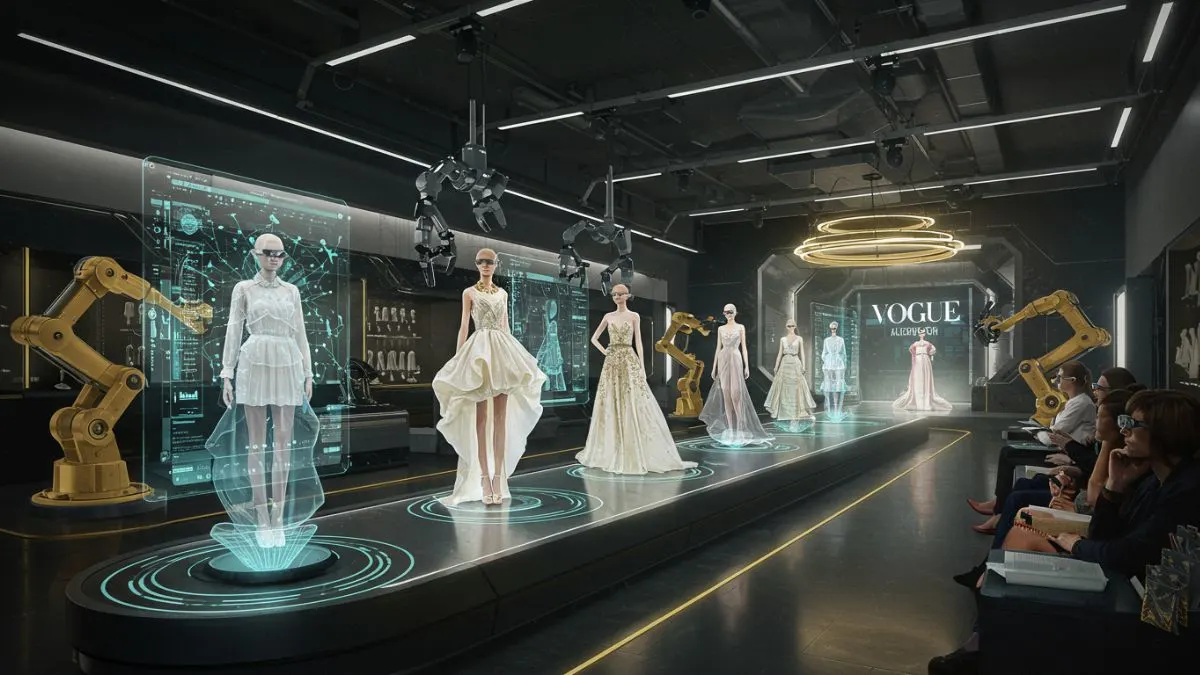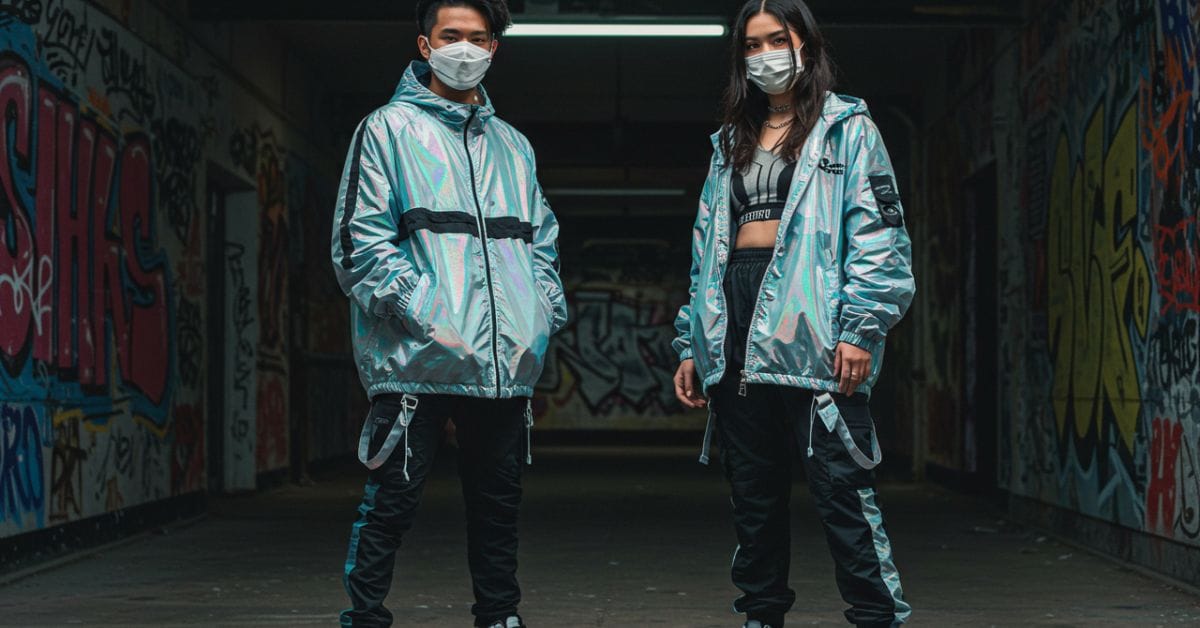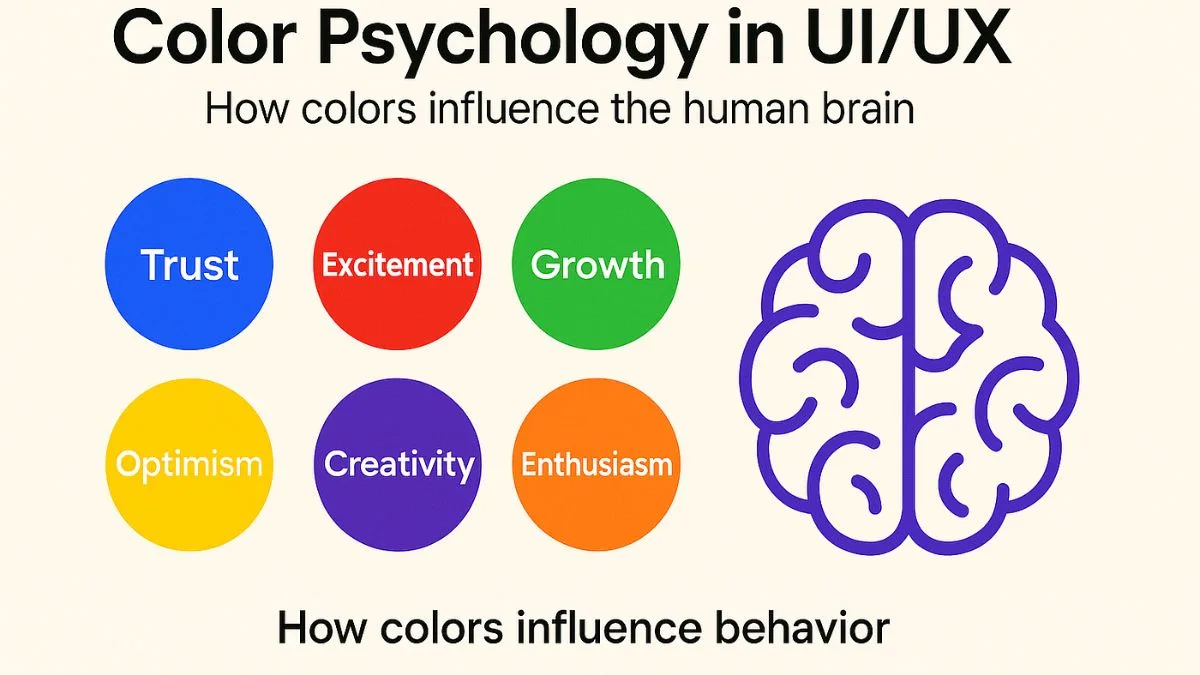Table of Contents
The Rise of Intelligence in the World of Elegance
2025 marks the dawn of a new era in luxury fashion—one not sketched by hand but co-designed by algorithms, powered by neural networks, and stitched into digital realms.
Fashion no longer follows tradition; it evolves with code.
As explored by Business of Fashion, this AI-driven disruption is not only redefining creativity but also reshaping global fashion economics.
AI fashion houses are not a concept of tomorrow—they’re shaping the runway today. With generative design models, predictive consumer analysis, and virtual try-on tech, high-end fashion is experiencing an intelligence renaissance. And it’s only getting smarter.
You may also like:
Streetwear trends in 2025 will be influenced by AI
From Runway to Render: What Are AI Fashion Houses?
An AI fashion house is more than a digital extension of a brand—it’s an operational model built on machine learning, automation, and deep learning for every step of the design-to-distribution pipeline. These fashion houses leverage:
- Generative AI for concept creation
- Tools pioneered by MIT Media Lab are now fueling fashion concepts that adapt in real time.
- Computer vision for style tracking and moodboarding
- Data analytics for real-time fashion forecasting
- Blockchain for product authentication and traceability
You may also like:
Metaverse fashion events shaping virtual couture
Think Balenciaga-trained neural networks, Chanel collaborating with predictive AI, and Gucci’s NFT-fueled avatars styled by synthetic intelligence.
Fashion is not just tailored. It’s trained.
Why 2025 Is a Tipping Point for Luxury AI
In 2025, we’re seeing the perfect storm that makes AI fashion more viable and visible than ever before:
- Processing Power: Advanced GPUs enable faster, more realistic design iterations
- Consumer Demand: Gen Z and Alpha crave hyper-personalization and ethical fashion
- Virtual Marketplaces: Platforms like The Fabricant Studio and Roblox Couture are monetizing digital-only designs
- Sustainability Pressure: AI helps reduce fabric waste, overproduction, and carbon footprint
AI is no longer a backstage assistant. It’s the new creative director.
Statement Pieces Meet Smart Code—How AI Designs Differ
Forget sketchpads and mood boards. In 2025, luxury pieces are emerging from:
- GANs (Generative Adversarial Networks) that fuse styles, shapes, and silhouettes
- AI-trained design tools like Clo3D or Adobe Firefly that ideate thousands of iterations in minutes
- Consumer data-fed personalization, creating outfits based on body type, weather, and even mood
Luxury isn’t just about fabric anymore—it’s about function, tech, and emotion embedded in every stitch.
You may also like:
Techwear and high-tech fabrics in designer pieces
AI + Human Designer Collabs: Not a Threat, But a Revolution
Rather than replacing designers, AI is enhancing their genius.
Take Iris van Herpen, whose cyber-organic dresses blend biology, technology, and couture—now optimized via AI simulations—or Maison Margiela, experimenting with AI prompts to push surrealism to the extreme.
The relationship is symbiotic:
| Designer Role | AI Role |
|---|---|
| Vision & emotion | Data-driven logic |
| Cultural relevance | Trend prediction |
| Ethical decisions | Efficiency scaling |
Together, they unlock a future of fashion never imagined before—one where form meets foresight.
The Metaverse Is the New Runway—Virtual Fashion’s AI Boost
With the rise of digital identity, luxury fashion is entering virtual wardrobes.
Metaverse-ready designs created by AI allow brands to release:
- Exclusive wearables for avatars (Decentraland, Zepeto, Roblox)
- NFT couture collections with real-world utility
- AR/VR-enabled fitting rooms to test luxury without touching fabric
In 2025, Louis Vuitton’s AI-crafted digital gowns have sold out—not in Paris, but on the blockchain.

Hyper-Personalization in High Fashion: Your DNA, Your Dress
AI enables biometric-based design, using your:
- Skin tone
- Body scan
- Lifestyle data
- Social media patterns
…to generate the perfect outfit.
Imagine ordering a $12,000 bespoke suit, where the algorithm adjusts for temperature, sweat zones, and walking posture. Or receiving a luxury handbag that subtly shifts color based on your mood via neural detection chips.
This is not science fiction—it’s 2025 luxury.
AI Fashion Is Also Sustainable Fashion
Traditional haute couture has long been criticized for waste and exclusivity. AI changes that narrative.
How AI promotes sustainability in luxury fashion:
- Fabric prediction: Optimizes fabric usage, reducing 20–30% textile waste
- Virtual sampling: Cuts down thousands of physical mockups
- Smart logistics: Predictive demand planning slashes unsold inventory
- Eco impact tracking: AI can calculate carbon footprint per item in real time
- AI-powered personal assistants transforming workflows in 2025
In 2025, “green is the new black” isn’t just a slogan—it’s engineered into every AI-made design.
Major Brands Leading the AI Fashion House Revolution
These global giants are already racing ahead:
- Gucci Vault AI: Digital capsule collections co-designed with AI
- Prada Neural Lab: Predicts 2025 color palettes using sentiment data
- Dior DeepStyle: Personalizes luxury makeup and attire via facial recognition
- Balmain x MetaMind: Augmented reality fashion tested in Web3 environments
Emerging AI-native brands like Auroboros, Republique, and DressX are redefining what it means to be a fashion house—some with zero physical inventory.
What the Market Says: Luxury Fashion’s AI Economy
According to McKinsey’s 2025 Luxury Outlook, AI adoption in luxury fashion is expected to generate:
- $4.8 billion in cost savings by 2026
- 40% faster go-to-market times
- 25% higher consumer satisfaction in personalized products
- 30% reduction in carbon emissions in production
This isn’t just aesthetic evolution—it’s economic acceleration.
Challenges & Ethical Dilemmas of AI in Fashion
Despite its shine, AI couture brings critical questions:
- Who owns the design—the coder or the algorithm?
- Is personalization violating data privacy?
- Are algorithms reinforcing biased beauty standards?
- Will artisan labor be devalued in the name of efficiency?
Luxury is built on storytelling. In 2025, that story includes transparency, accountability, and clear boundaries in how AI is applied.
The Road Ahead: Will All Fashion Be AI-First?
By 2027, expect over 60% of luxury brands to have AI-integrated design pipelines. But creativity will remain human—AI is the tool, not the soul.
What will define the winners of this transformation?
- Ethics
- Innovation
- Sustainability
- Experience-first thinking
AI may be the brain, but emotion is still the beating heart of haute couture.
You may also like:
Color psychology trends shaping 2025 fashion aesthetics
FAQs
Q1. What are AI fashion houses, and how do they work?
AI fashion houses are luxury fashion brands or startups using artificial intelligence to design, personalize, and produce high-end clothing through algorithms, predictive analytics, and virtual platforms.
Q2. How is AI changing haute couture in 2025?
AI is revolutionizing haute couture by generating custom designs, predicting fashion trends, enabling virtual try-ons, and reducing waste through smart production planning.
Q3. Which brands are leading AI fashion innovation in 2025?
Top innovators include Gucci, Dior, Prada, Balmain, and AI-native brands like DressX and Auroboros, all using AI to personalize, digitize, and streamline luxury fashion.
Q4. Is AI in fashion sustainable?
Yes, AI reduces textile waste, optimizes inventory, and cuts down production errors, making luxury fashion more sustainable than traditional practices.
Q5. Will AI replace fashion designers?
No. AI enhances creativity by assisting in ideation and execution. Designers still lead emotionally driven storytelling, while AI supports technical innovation.


